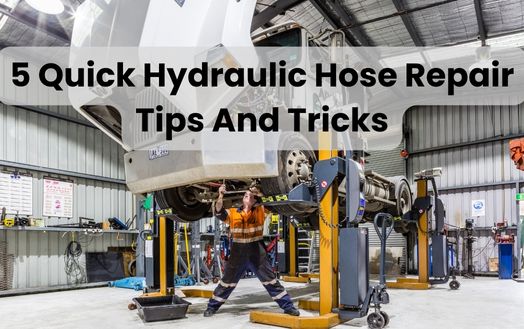
When faced with a hydraulic hose repair, it’s understandable to feel a bit daunted by the task ahead. However, fear not, as we’ve compiled a list of five quick and effective tips and tricks to help you tackle this challenge with confidence.
From identifying the issue to properly crimping the fittings, these practical suggestions will streamline your repair process and ensure a job well done.
Stay tuned to discover these 5 quick hydraulic hose repair tips and tricks.
To accurately diagnose a hydraulic hose problem, we first examine any visible leaks or damage. Leaking hydraulic hoses can waste hydraulic fluid and pose safety risks. By thoroughly inspecting hose issues, we can quickly identify and repair them.
Look for hydraulic fluid leaks when inspecting the hose. Fixing a small leak can reveal a bigger problem. Tracing the leak to its source helps us assess the damage and choose the best repair method.
Repairing a hydraulic hose leak can involve patching a small hole or replacing the hose. To make a lasting repair, use the right tools and materials. Test the hose to confirm the fix of the leak and the proper operation of the hydraulic system. Ask around for hydraulic hose repair and replacement costs.
Innovative hose repair methods, such as sealing and durable materials, can extend the life and performance of hydraulic systems. We can optimize hydraulic efficiency and safety by proactively identifying and fixing hose issues.
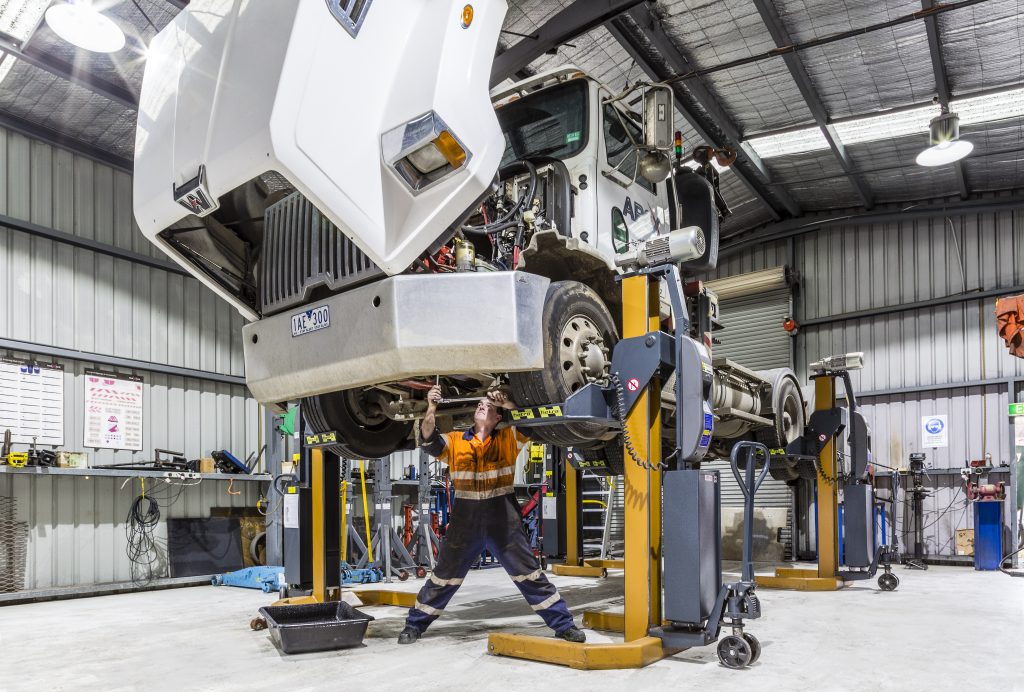
Let’s gather all the hydraulic hose repair tools. We need the right tools to repair a hydraulic hose and its connections. The following four items are necessary:
After gathering hydraulic hose repair tools, carefully cut the hose with a sharp utility knife. Before repairing a damaged hose, make a clean cut. Cutting, repairing, or replacing the hose at the damaged section may be necessary for a severe compromise.
Assess the hose damage first. Examine the area to determine what requires removal. After choosing the section to cut, mark it precisely. Cleaning the cut is critical to its repair because it creates a smooth surface for fittings.
Use a sharp utility knife and a steady hand to cut. Avoid jagged edges that could affect the function of the hose by applying even pressure. Hold the hose securely to avoid accidental cutting. After removing the damaged part, clean the cut end to prepare it for the next repair steps.
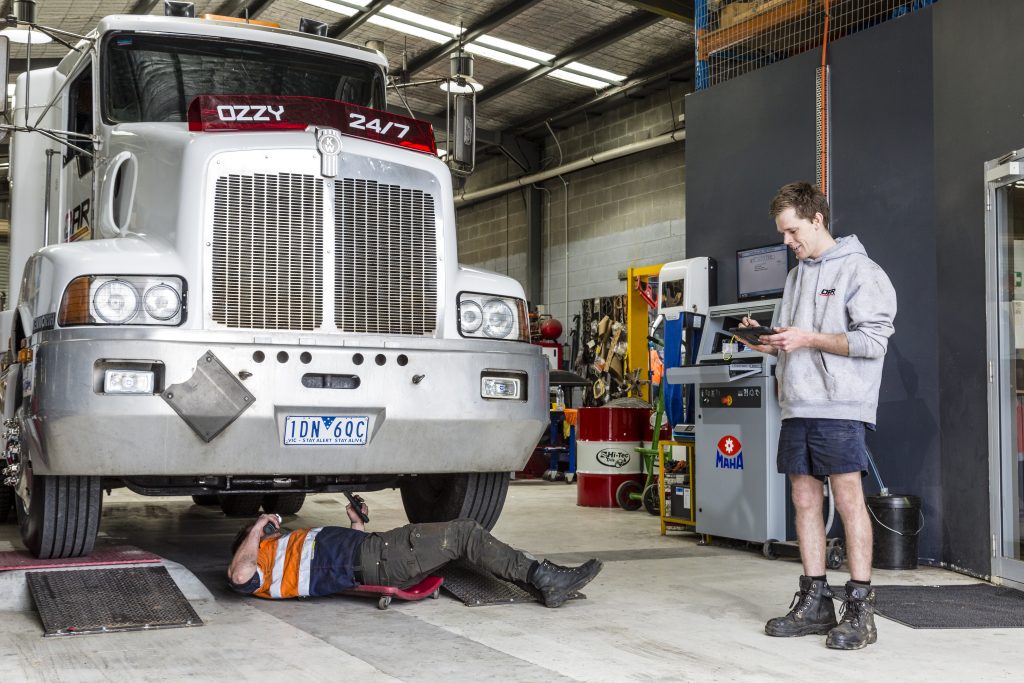
The repair process requires attaching fittings to the freshly cut hydraulic hose. Installing fittings properly ensures leak-free connections and optimal industrial hose performance.
Here are four innovative steps to help you successfully attach fittings to a hydraulic hose:
Crimping fittings onto a hydraulic hose requires precision and technique to ensure a leak-free connection. To ensure a reliable repair under high pressure, crimp hydraulic hose fittings properly. This process requires careful attention to avoid leaks that could cause system failure.
Before crimping, check the hose for damage or wear. Next, choose a crimping tool and die that match the hose and fitting. Make sure the fitting is flush and straight on the hose. Misalignment can cause pressure-leaking weak spots.
Crimp consistently and avoid over-crimping, which can deform the fitting and compromise the seal. For maximum connection strength, follow the manufacturer’s crimping force and duration instructions. After crimping, check the crimped area for security and defects.
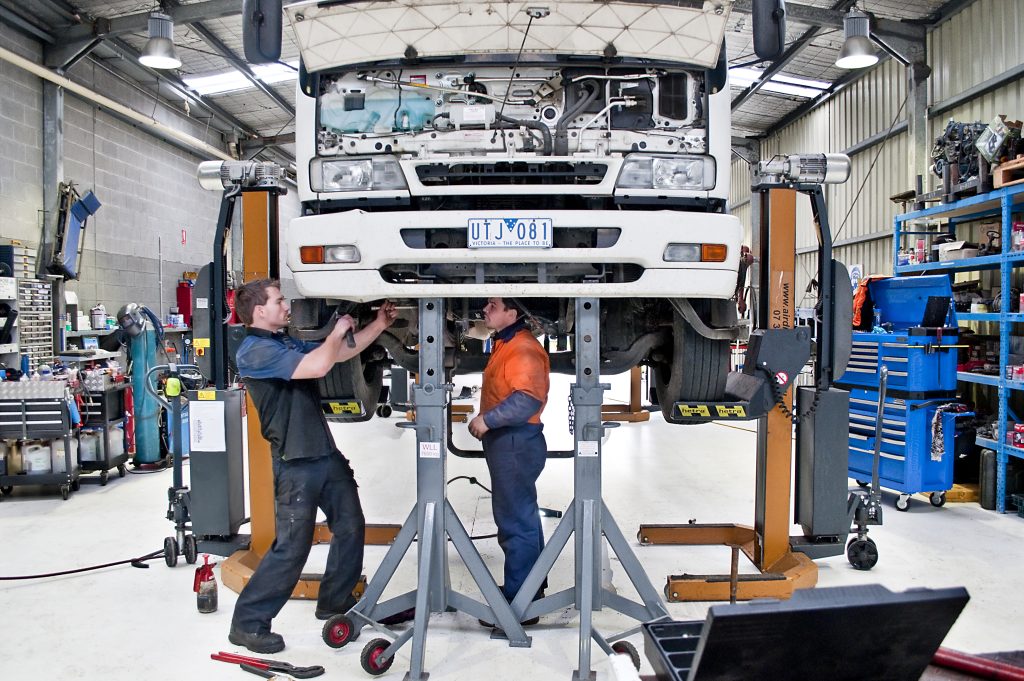
We must test the hydraulic hose repair for leaks. Repairing hydraulic hose holes or damaged connections is necessary to avoid problems.
Here are some innovative ways to test for leaks effectively:
When maintaining hydraulic systems, why protect hoses?
Hose protection is essential for hydraulic system longevity and efficiency. Use hose protectors and clamps to prevent damage from abrasion, impact, and excessive pressure, reducing the risk of costly repairs and downtime.
To maximise performance, consider material and design when choosing hose protectors. These shield the hose from external elements that could damage it. Clamping the hose prevents excessive bending or kinking, which can restrict flow or cause it to rupture.
Another factor to consider is hose length. Keep the hose length appropriate for the application to avoid stress when it moves or flexes. Tangling or snagging due to excess length increases wear and tear.
To improve hose protection, regularly inspect the hose routing. Maintain its distance from sharp edges, hot surfaces, and high foot traffic. By securing the hose and keeping it away from hazards, you can extend its lifespan and optimise hydraulic system performance.
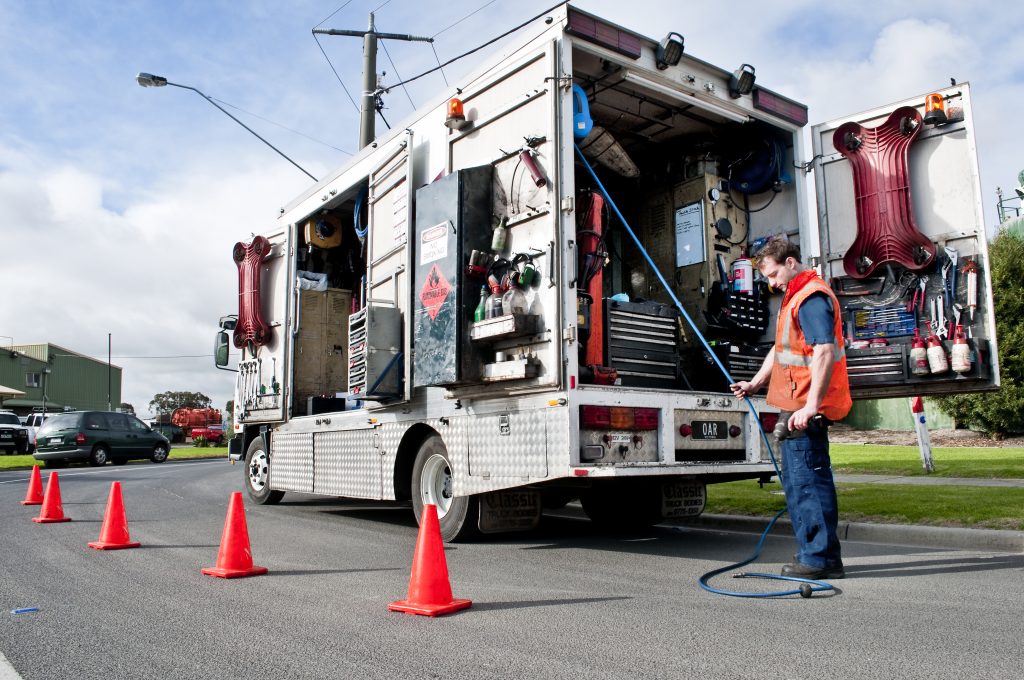
Proper storage of hydraulic hoses is crucial for hydraulic system maintenance, as it prevents damage and extends their lifespan. Proper hydraulic hose storage can save money on repairs and extend their lifespan. These creative storage ideas will help you maintain your hydraulic hoses.
Aside from the 5 quick hydraulic hose repair tips and tricks, regular maintenance schedule is essential for hydraulic hose performance and longevity. Regular maintenance is necessary to prevent unexpected breakdowns and costly repairs. Follow these simple but effective tips to maintain your hydraulic system.
Start with regular visual inspections for wear, leaks, and damage. Detecting issues early prevents them from becoming major problems.
The next step is to follow the manufacturer’s maintenance schedule. This maintains hydraulic system efficiency and reliability.
Monitoring hydraulic fluid levels and quality is another important maintenance task. Low fluid levels, or contaminated fluid, can cause system failure. To maintain system performance, check and replace hydraulic fluid as needed.
Step-by-step instructions can also help replace a damaged hose. For safety and performance, it’s crucial to install high-pressure hydraulic systems properly. Following the proper steps will ensure that the new hose works properly and does not leak.
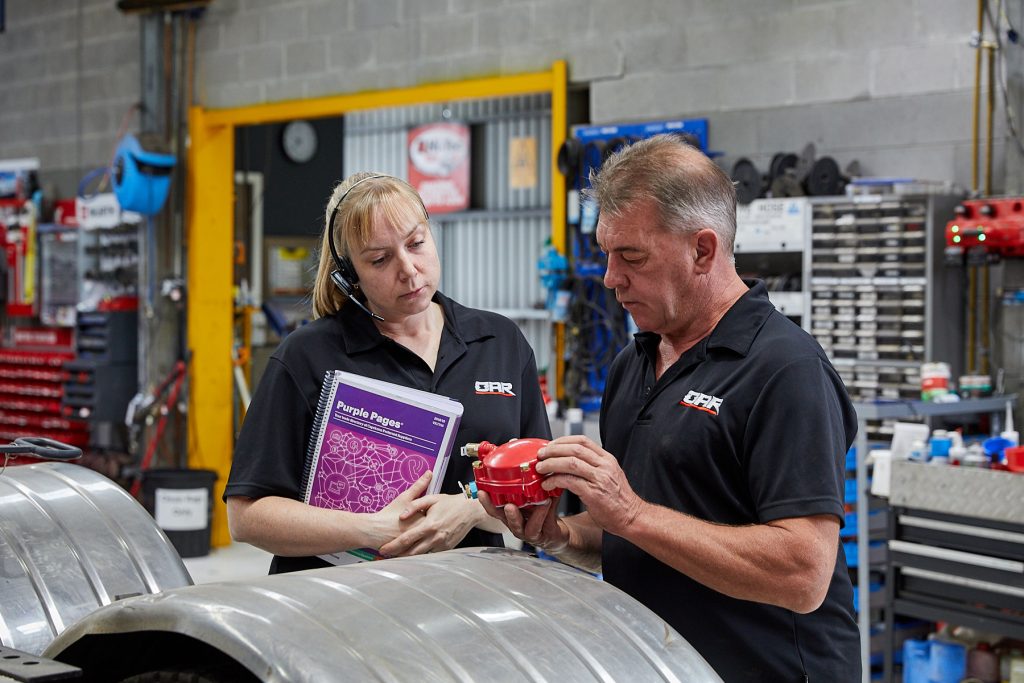
We can get professional help with hydraulic hose repairs. Experts can save time and ensure a proper hydraulic hose repair for complex or severely damaged cases.
Here are four reasons why involving a professional can be beneficial:
In conclusion, by following these 5 quick hydraulic hose repair tips and tricks, you can save time and money while ensuring your equipment runs smoothly. Remember to properly identify the issue, gather the necessary tools, and use the correct techniques for cutting and attaching fittings.
Don’t forget about hose protection and regular maintenance to prevent future issues. And if you’re ever unsure or need assistance, don’t hesitate to seek help from a professional. Happy repairing!
You can repair hydraulic hoses several times before replacing them. Proper maintenance and repair can greatly extend their lifespan.
However, it’s important to monitor the hose’s condition and make proper repairs to ensure safety and efficiency.
Repairing a hydraulic hose requires careful cutting to avoid dull blades and improper angles. These mistakes can cause uneven cuts and hose damage.
Successful repairs require clean, precise cuts with sharp tools and manufacturer guidelines. These precautions will keep the hydraulic system safe and efficient.
There are many hydraulic hose repair fittings. Consider hydraulic system type, pressure requirements, and hose material compatibility when choosing a repair tool.
Preventing leaks and malfunctions requires proper fitting. For a successful repair, consult a professional or the hose manufacturer’s guidelines to choose the best fitting.
Even if hydraulic hoses seem fine, we should check them regularly. This proactive approach prevents system failures and ensures smooth operation.
Certainly! Extreme temperatures, sunlight, chemicals, and abrasion can shorten a repaired hydraulic hose’s lifespan. These factors must be considered and prevented.
Maintaining and using quality materials can reduce these risks and maximise the performance and lifespan of your repaired hydraulic hoses.